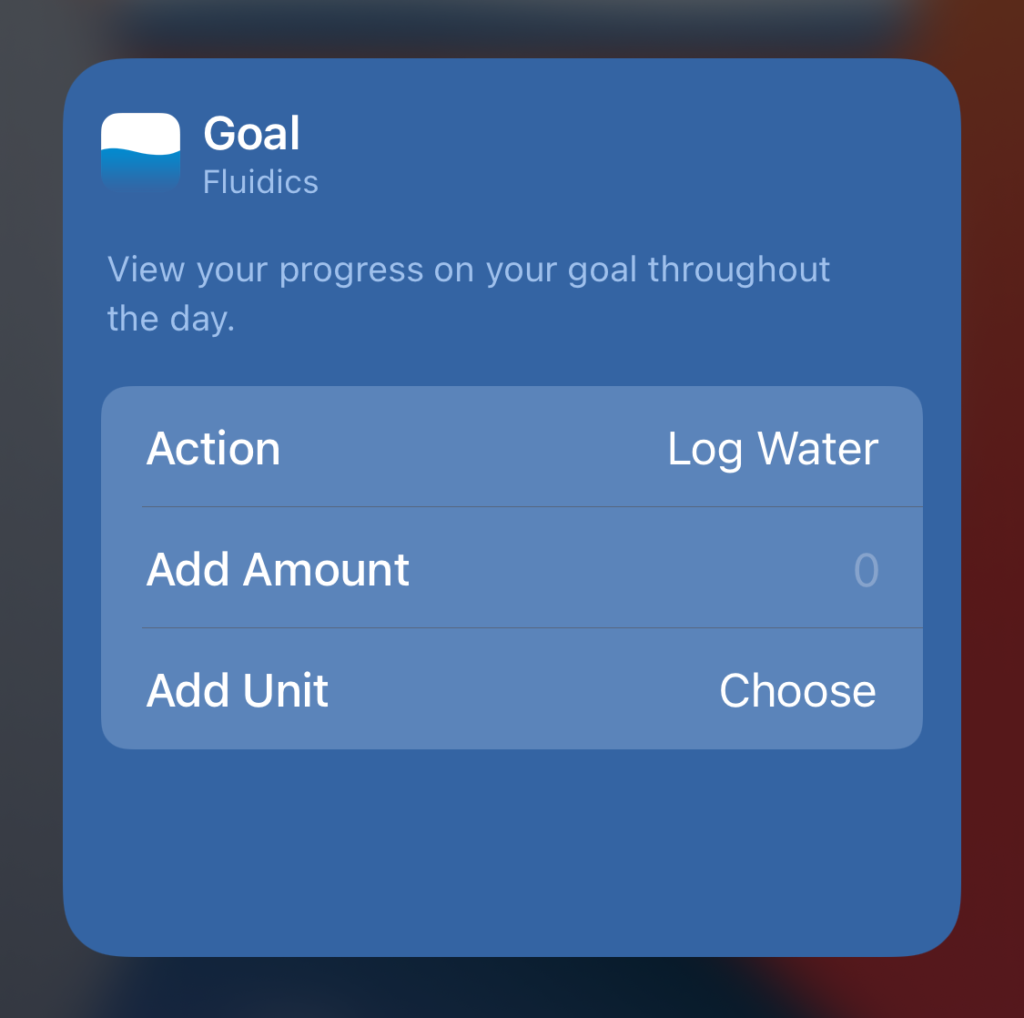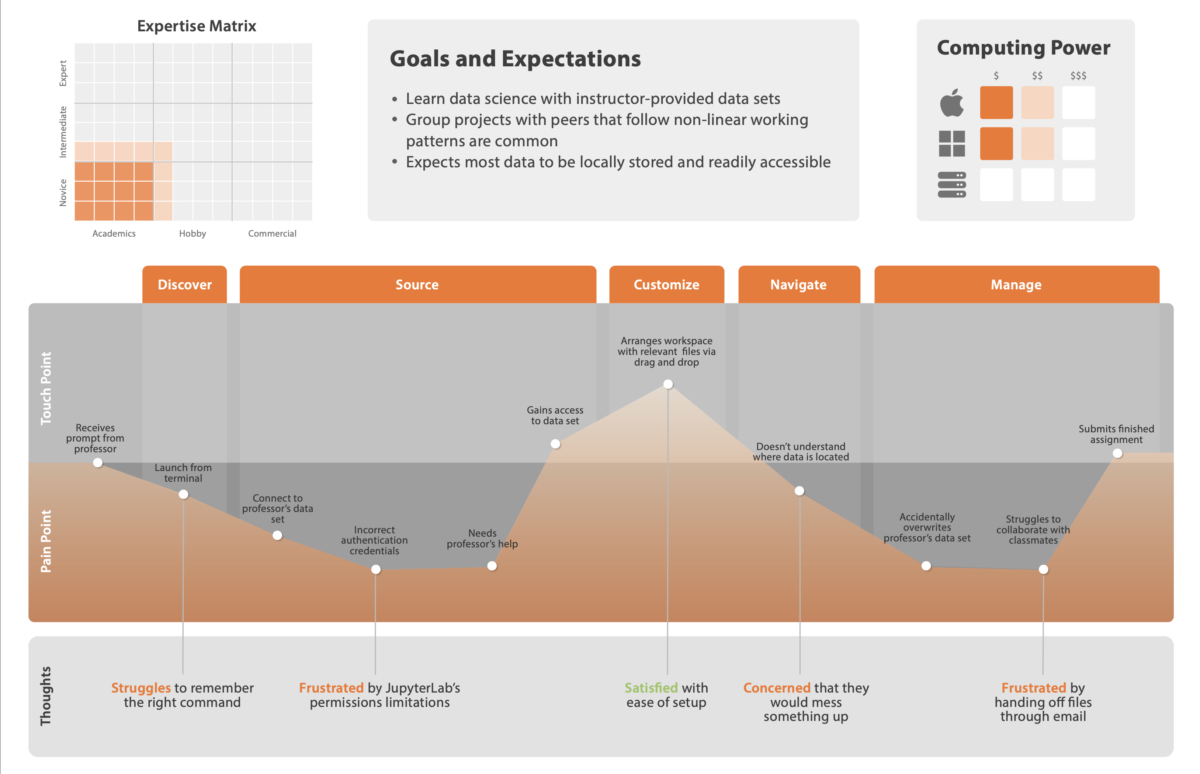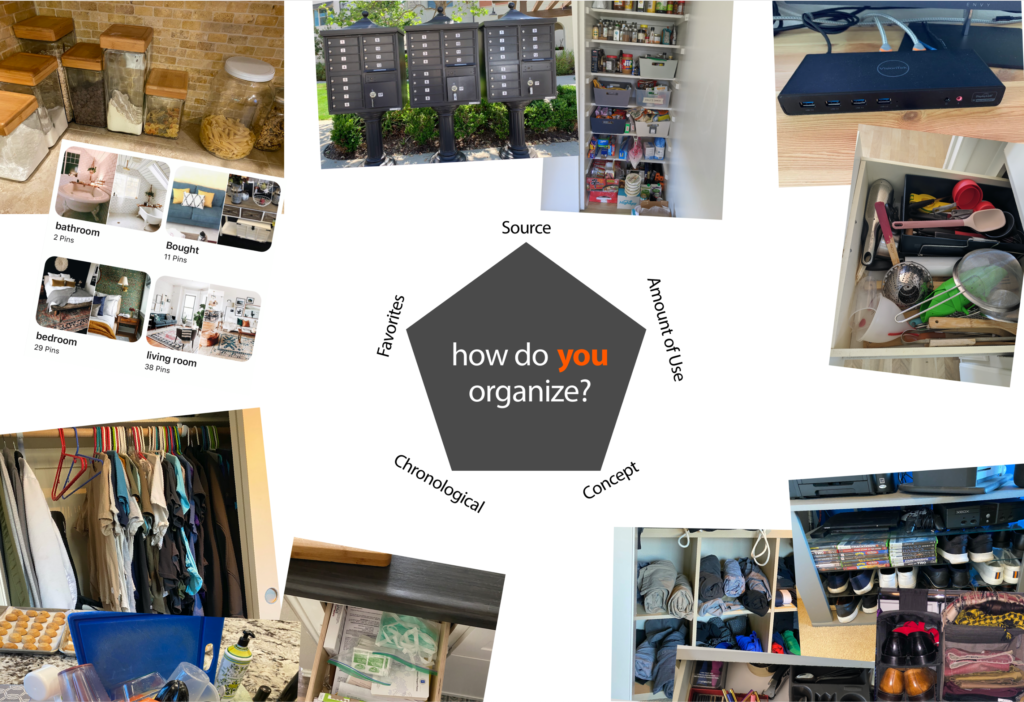I haven’t actually read very much Kipling, so reading a collection of stories inspired by — or, possibly, “in reaction to” — his work has me feeling like I’m almost certainly missing some context.
In reading, though, I didn’t find these stories at all lacking. They’re well able to stand on their own, and I’ve picked up enough from cultural osmosis to at least feel the shape of some of the references.
It’s also interesting to see the various storytelling methods and traditions being referenced here. Sometimes it’s a story you’re reading, and other times, you’re being told a story, spoken to directly. In a few of the stories in the book, it switches back and forth between these two approaches, telling two stories at once, one nesting inside the other. Reminiscent of Cloud Atlas, in a way.
The thing that most surprised me, as I read this, was how wrong my expectations were. “Based on Kipling’s Just So Stories” had me expecting everything to be in following the Platonic Ideal of a children’s book, very little conflict, everything easily resolved. Instead, in many of these stories, I found myself enraged and saddened at the injustice of it all. Many of them don’t have a happy ending; many of them don’t have much by way of happiness at all. In that, they feel more real than what I was expecting would’ve, although I so much hate to say it.
But my hatred for saying that is a response to media where that sadness feels like it’s there for sadness’ sake. Looking at you, DC film universe — the whole “grim and gritty” thing is just depressing, and the world is depressing enough already.
But in Not So Stories, for the most part, the unhappiness isn’t there just to be unhappy. It’s there to highlight that things aren’t fair, that the world doesn’t always go right — and to make you mad at that. To make you want to change it.
It is, in retrospect, an enjoyable reading experience, though at times I didn’t feel that way. Go read the book, and get mad at injustice.




